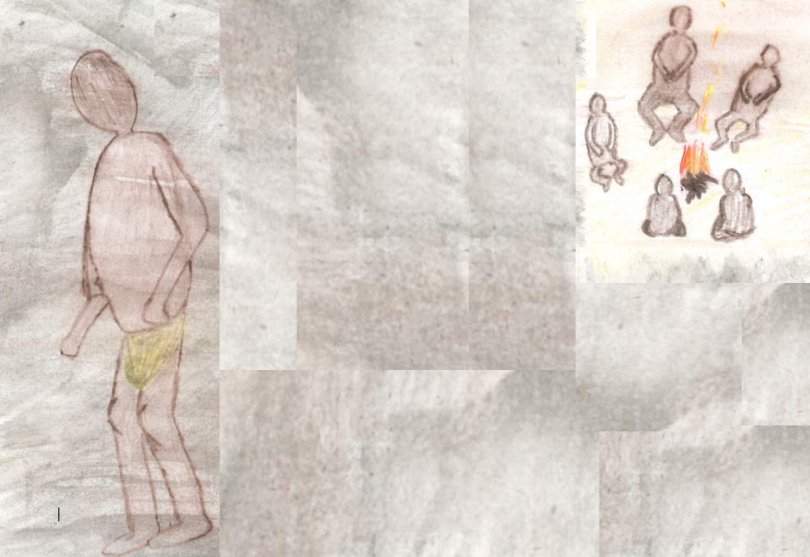*The following story contains topics, like suicide and mental health, which may distress some readers*
Morbidity is hard to talk about. A pariah around the discussion of death exists. Yet, an increase in dialogue surrounding mental health and suicide in Australia is happening.
The reason? To offer those suffering from mental illness a safe space to discuss their feelings and allow themselves an outlet for their emotions.
It is an admirable undertaking. Still, in Australia in 2016, 2,866 people died as a result of intentional self-harm, an increase of over 600 people from 2007. And every region of Australia showed an increased number of deaths in that period other than the Northern Territory and ACT.
Source: 3303.0 Causes of Death Australia, 2016. Table 11.6
From 2015 to 2016, Australia spent around $9 billion on mental health services. Of that amount, $5.4 billion was funded by State and Territory governments and $3.1 billion by the Australian government. Both increases on the previous year, and marked improvements from yesteryear.
However, despite an increase in both funding and a developing propensity to discuss mental health in the public forum, self-harm deaths have not seen a notable reduction over the period of this data collection.
So how, when positive change is seemingly occurring, is a negative theme recurring?
Taking a look inside the numbers, at which groups are most inflicted by high rates of death from self-harm, provides some perspective.
Source: 3303.0 Causes of Death Australia, 2016. Table 11.4
Western Australia, the Northern Territory and Queensland showed the highest rates of self-harm deaths of regions in the dataset, particularly in the Indigenous population.
Damningly, on average across the country, 13 more indigenous people per 100 thousand are likely to take their own life than non-indigenous people. And, in Western Australia, Indigenous people are more than three times more likely to die from self-harm.
Considering this information, is it location or misunderstanding of services that burgeons these numbers in these regions? Perhaps, reduced access to mental health services could be a factor?
Source: Community mental health care services 2015-2016. Table CMHC.4
As can be seen, Indigenous Australians are contacting mental health services considerably more than non-Indigenous Australians.
So, is there another explanation?
Professor Pat Dudgeon is a Bardi woman from the Kimberley, and the first Aboriginal psychologist to graduate in Australia.
She says there are a range of reasons Indigenous Australians are suffering from mental health issues and taking their lives at such high rates, and identifies “intergenerational trauma” as one of them. She cites colonisation and resultant loss of culture as a major contributing factor.
Professor Dudgeon also says population health and access to medication and programmes providing immediate relief is an area of concern.
But, what now?
Professor Dudgeon believes the increased comfort when talking about suicide is a step in the right direction and indicates a reclamation of culture and self-determination as being integral in reducing the number of indigenous suicides.

This word cloud illustrates potential concerns around Indigenous loss of culture
Feel free to follow the links below for information on the effect of high self-harm death rates on Indigenous people and how loss of culture plays a role.
Indigenous suicide rates from an Indigenous perspective
If you, or someone you know, may be affected by this story contact the mental health services below.
Lifeline 13 11 14 www.lifeline.org.au
Suicide Call Back Service 1300 659 467 www.suicidecallbackservice.org.au
SANE Help Centre 1800 187263 www.sane.org


